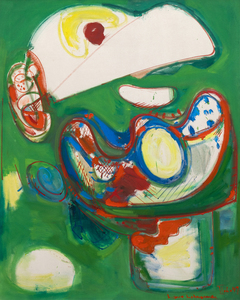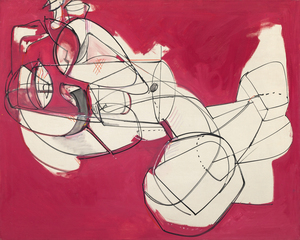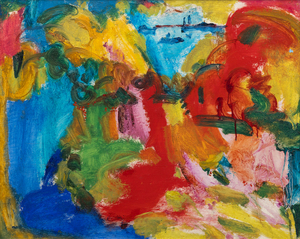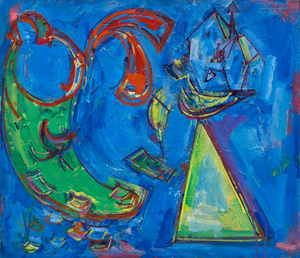Möchten Sie Ihre Kunstpräferenzen anpassen?
Bildung ist bei Heather James Art Advisory von größter Bedeutung. Egal, ob Sie ein erfahrener Sammler sind oder gerade erst anfangen, wir wollen mit unseren Kunden wachsen und glauben fest daran, dass wir unseren Kunden Informationen und Einblicke geben, damit sie lernen und ihre Kunstinteressen kultivieren können.
Heather James Art Advisory verfügt über jahrzehntelange Erfahrung als Kuratorin und wird dabei von unseren leitenden Kuratoren unterstützt, die weltweit Ausstellungen in Museen, Galerien und in Privatwohnungen organisiert haben. Indem wir ästhetische und kunsthistorische Elemente zusammenbringen, helfen wir Ihrer Sammlung und Ihrem Zuhause, Ihre künstlerischen Interessen widerzuspiegeln.
HJ Art Advisory bietet eine komplette Logistik für die Handhabung, den Transport und die Überwachung der Kunstwerke unserer Kunden. Unsere Beaufsichtigung umfasst jeden Aspekt der Betreuung des Kunstwerks. Wir beaufsichtigen jeden Schritt des Prozesses beim Transport, der Installation und der Lagerung von Kunstwerken. Wir beraten und unterstützen bei der Gestaltung von Rahmen, Beleuchtung, Sicherheitsanforderungen, Konservierung und Zustandsbewertung.
Heather James hatte die Ehre, Leihgaben an führende Museen in der ganzen Welt zu vermitteln, darunter das MoMA, das Centre Pompidou und andere. HJ Art Advisory kümmert sich um den gesamten notwendigen Papierkram und die Logistik für unsere Sammler, die sich entschließen, ein Kunstwerk für eine Museumsausstellung zu leihen.
HJ Art Advisory konzentriert sich auf die Beschaffung von Kunstwerken für potenzielle Ankäufe aus Privatverkäufen, Auktionshäusern und Künstleraufträgen. HJ Art Advisory beobachtet kontinuierlich den privaten und öffentlichen Markt auf der Suche nach bedeutenden Kunstwerken, die den Interessen unserer Kunden entsprechen und ihre Sammlungen bereichern. Wir verhandeln im Auftrag eines Sammlers den Verkaufs- oder Verkaufspreis, um für unsere Kunden das bestmögliche Geschäft zu erzielen.
Die HJ Art Advisory Group bewertet und schätzt Kunstsammlungen im Hinblick auf die Bewertung durch Versicherungen, den Erwerb und die Deakzession. Dazu gehört eine eingehende Untersuchung des privaten und öffentlichen Kunstmarktes, um den Wert zu ermitteln.
HJ Art Advisory hält die höchsten Standards der Sorgfaltspflicht ein, indem es vor dem Erwerb von Objekten Nachforschungen anstellt und deren Herkunft prüft, um sicherzustellen, dass ein klares Eigentumsrecht erworben werden kann. Solche Nachforschungen beinhalten, sind aber nicht beschränkt auf, die Bestimmung:
HJ Art Advisory arbeitet mit und im Namen von Kunden, die neue Sammlungen aufbauen oder über gut etablierte Sammlungen verfügen, und bietet Beratung und ein umfassendes Dienstleistungsangebot. Unser umfangreiches Wissen und unsere langjährige Erfahrung im Kunstgeschäft versetzen unsere hochqualifizierten und erfahrenen Mitarbeiter in die Lage, Beratung und Orientierung auf mehreren Ebenen zu bieten.





